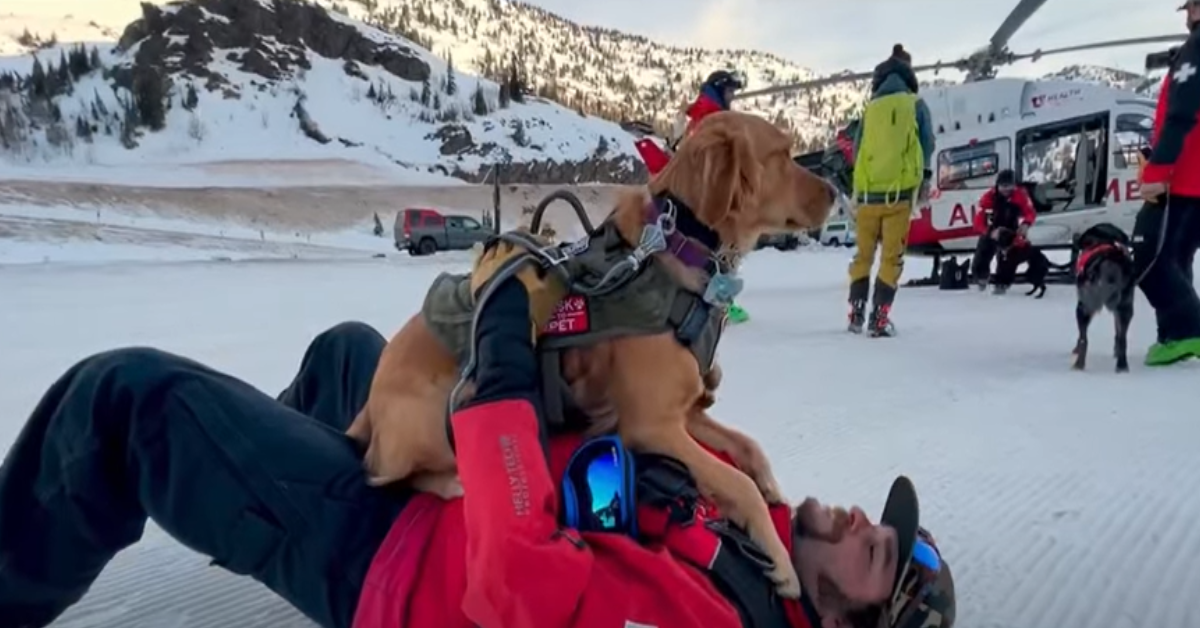Original Article: https://blog.theanimalrescuesite.greatergood.com/avalanche-dog-training/
Winter brings a lot of fun outdoor activities, like skiing, snowboarding, snowmobiling, and mountaineering. However, it also comes with a lot of risks.
For those who enjoy spending time in the mountains over the winter, it’s important to be mindful of avalanches. No one wants to be caught in an avalanche, but when it does happen, it’s good to be prepared.
For avalanche response teams, being prepared means having properly trained individuals ready to mitigate as much of the disaster as possible. One of the best ways to do this? With avalanche dogs.

Avalanche dogs are an invaluable resource for avalanche response. They can be the difference between life or death in a high-intensity rescue mission.
Of course, to work as avalanche dog, the canines must be highly trained and they can get that training at the Wasatch Backcountry Rescue training center in Utah.

The organization hosts the WBR International Dog School, a four day training program open to all Professional Avalanche Rescue K-9 teams. The 4-day intensive welcomes dogs and their handlers from around the nation.
In an interview with FOX 13 News Utah, President of the Wasatch Backcountry Rescue, Andy Van Houten, explained that they generally look for hunting breeds for their rescue dogs. He said, “We want a dog that’s pretty resilient out in the harsh weather and then we also want a dog that’s gonna work hard [and] that’s trainable.”

They also want dogs that will be friendly and do well during meet and greets. Van Houten explained that they have a lot of interactions with people at ski resorts and they also do a lot of outreach education, so it’s important that the dogs are well-behaved.
The dogs go through a lot to complete the training, including being air-lifted to the top of a mountain as if they were responding to an avalanche. It can be stressful, but the dogs that complete the training could go on to save lives.
Check out the avalanche dogs in the video below:
[embedded content]
Source: The Animal Rescue Site Blog












